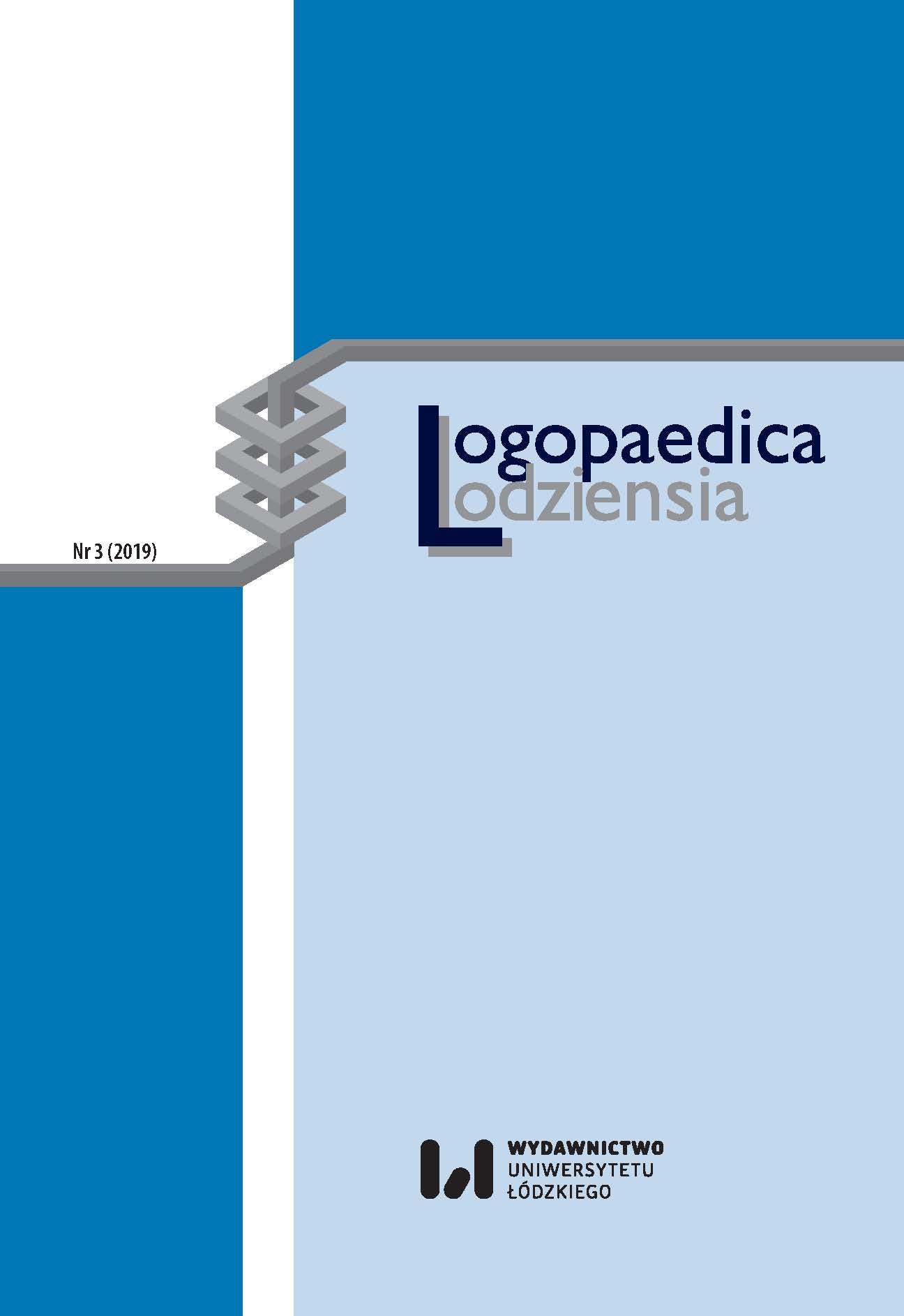One or two languages for children on the autism spectrum?
One or two languages for children on the autism spectrum?
Author(s): Henriette W. Langdon, HyeKyeung Seung, Betty YuSubject(s): Language studies, Communication studies, Preschool education, Educational Psychology
Published by: Wydawnictwo Uniwersytetu Łódzkiego
Keywords: autism spectrum disorder; bilingualism; special education; SLP; minority; autyzm; dwujęzyczność; edukacja specjalna; logopeda; mniejszość narodowa
Summary/Abstract: The emerging research comparing verbal and non‑verbal development in typical individuals and those on the autism spectrum reveals no differences in the acquisition rate of specific features or concepts. Research on families suggests that what parents need is not to be given advice, but rather to be understood and supported by professionals who are family‑centered as well as culturally and linguistically responsive. Choices about language use in families are complex matters that shift dynamically over time. These shifts can include changes in family membership, situational demands, variations in language proficiencies and many other constraints and affordances of family life that require constant adaptation and fluidity. Which language parents choose to speak with their children comes from deeply personal decisions that are neither right nor wrong, but those decisions are often constrained under the weight of fear and misinformation. Speech‑language pathologists play an indispensable role in lifting this weight so that families feel the freedom to arrive at ways of speaking that promote their families’ wellness and goals.
Journal: Logopaedica Lodziensia
- Issue Year: 2019
- Issue No: 3
- Page Range: 117-124
- Page Count: 8
- Language: English

